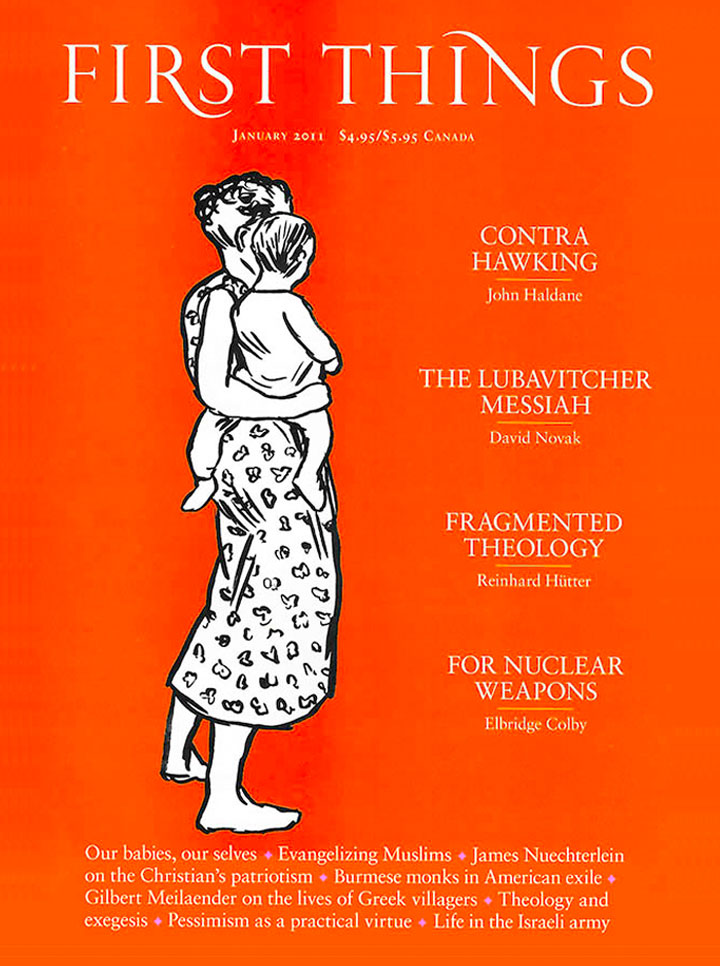In the 1950s, late in the architect’s life, Le Corbusier built the chapel of Notre Dame du Haut, Ronchamp, a magnificent pilgrimage church in the Vosges region of France, and Sainte Marie de La Tourette, a no-less-beautiful monastic church for the Dominicans, near Lyon. In 1960 Le Corbusier was commissioned to design a parish church in the community of Firminy, eighty miles south of Lyon. The church was to be part of a new section of the town called Firminy-Vert. This new town was created through the resolve of Eugène Claudius-Petit, the mayor of Firminy. Firminy-Vert was to offer a contemporary urban alternative to old Firminy, which was filled with the small, old houses of the coal miners who then made up the majority of the population.
 Conceived by Le Corbusier, assisted by me, during the years 1960 to 1964, the church was erected only after Le Corbusier’s death in 1965. Because of the financial difficulties that resulted from the collapse of the mining and steel industry in the region, construction took place over several periods. Between 1968 and 1970, the mayor (with the financial support of the Le Corbusier Foundation, the legal heir to the architect), put me in charge of designing the final plans and building the church, given my experience and knowledge of the project. But after two periods of construction, in 1972“1973 and 1978“1979, the contractor in charge abandoned the site. This was truly a disaster.
Conceived by Le Corbusier, assisted by me, during the years 1960 to 1964, the church was erected only after Le Corbusier’s death in 1965. Because of the financial difficulties that resulted from the collapse of the mining and steel industry in the region, construction took place over several periods. Between 1968 and 1970, the mayor (with the financial support of the Le Corbusier Foundation, the legal heir to the architect), put me in charge of designing the final plans and building the church, given my experience and knowledge of the project. But after two periods of construction, in 1972“1973 and 1978“1979, the contractor in charge abandoned the site. This was truly a disaster.
Work did not restart until 2003, and construction finally was completed by the end of 2006. The circumstances of the completion were due, first, to a declaration in 1996 by the French minister of culture that the part of the church already built was a “historical monument”; this gave it the status of the first modern “ruin” in France. The second important factor in the completion was the election of Dino Cinieri as mayor of Firminy. Cinieri was challenged to finish the structure, which now, by law, could not be demolished. In France a group of small cities can organize legally into an entity centered around a larger city (in this case, Saint-Étienne) and pool their resources to realize projects they could not undertake alone. Firminy’s new mayor won approval for the financing of Saint-Pierre in this manner by designating part of the structure for a museum, thus allowing it to become a public building, and by the owners’ donation of the “ruin” to the state.
 The design of the church at Firminy-Vert reflects the dispositions and simplicity of organization, both programmatic and liturgical, through which we were trying to achieve the transformations proposed at the time of the Second Vatican Council by Pope John XXIII. We were aided in this endeavor by two Dominicans who, in their publication L’Art Sacré in the 1950s and 1960s, were critical in the architectural research necessary to realize this ressourcement ”this return to the sources of ecclesial architecture. The architecture of Le Corbusier served this orientation particularly well.
The design of the church at Firminy-Vert reflects the dispositions and simplicity of organization, both programmatic and liturgical, through which we were trying to achieve the transformations proposed at the time of the Second Vatican Council by Pope John XXIII. We were aided in this endeavor by two Dominicans who, in their publication L’Art Sacré in the 1950s and 1960s, were critical in the architectural research necessary to realize this ressourcement ”this return to the sources of ecclesial architecture. The architecture of Le Corbusier served this orientation particularly well.
From an architectural point of view, the church”with its continuous floor spiraling from the entrance to the balcony and inserted in the free form of the shell”reveals itself to be in tune with the changes in the concept of space that have been taking place in architecture today. The main achievement of the building is the magnificent use of natural light that is realized on the inside: This creates, for the visitor, feelings of awe and surprise. The church, in short, is a sort of “miraculous box” that can barely be illustrated here.
Finally, the perception of the church as a sculptural object, both outside and in, reveals its other main achievement: Even as the space and light of the interior work to restructure visitors’ emotions and thoughts, the church’s powerful exterior restructures its entire surrounding space.
The Church of Saint-Pierre de Firminy-Vert Conception: Le Corbusier, architect; Jose Oubrerie, assistant (1960“1964); realization: Jose Oubrerie, architect (1970“2006). Jose Oubrerie is a professor at Ohio State University.
Wistful Agnostics and True Believers
With the death of the New Atheist industrial complex, a new variety of religion-friendly intellectual discourse has…
Western Civilization and Augustine (ft. Chad Pecknold)
In the latest installment of the ongoing interview series with contributing editor Mark Bauerlein, Chad Pecknold joins…
The Haunted Empire
In October 1905, Papus, a French occultist, performed a solemn ritual amid the marble and gold of…


